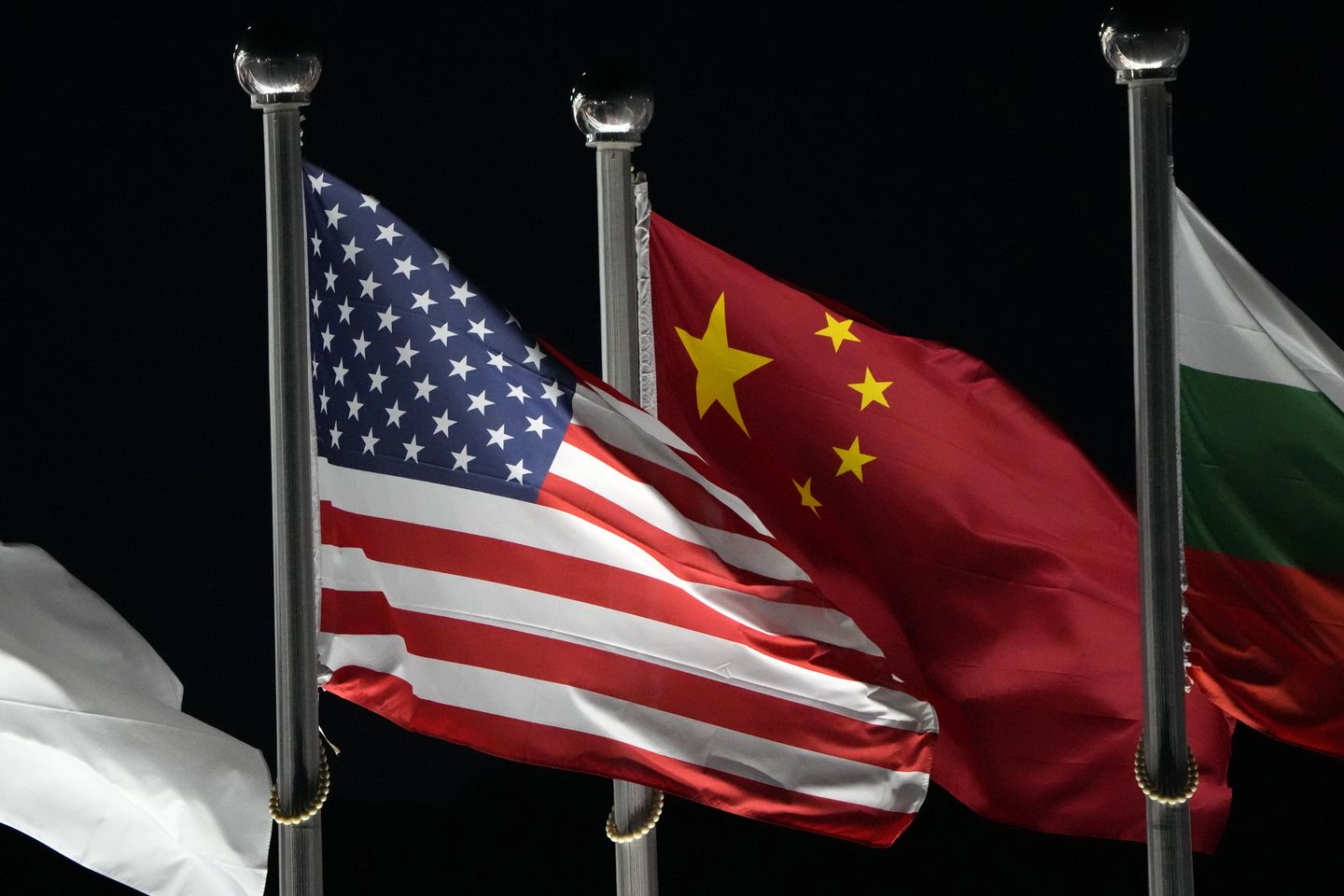[ad_1]

Eight months after a Russian invasion of Ukraine that has produced the biggest military conflagration in Europe since World War II, the Biden administration on Thursday rolled out the unclassified version of its 2022 National Defense Strategy (NDS) that still points to China, not Russia, as the country’s No. 1 military challenge and primary strategic competitor.
For the first time, the Pentagon combined the release of the NDS with the Defense Department’s Nuclear Posture Review (NPR) and Missile Defense Review (MDR). Pentagon officials said they took an integrated approach to the reviews.
Secretary of Defense Lloyd Austin acknowledged Russia’s invasion of Ukraine was the most serious threat to peace and stability in Europe since the end of World War II. While the Pentagon calls Russia an “acute” threat, Beijing, with its economic and military might, must be considered the most consequential strategic adversary, U.S. planners say.
“They’re the only competitor with both the intent and increasingly the capability to systematically challenge the United States across the board — militarily, economically, technologically [and] diplomatically,” a senior Defense Department official said in a briefing for reporters Thursday.
But Mr. Austin added Moscow’s aggression in Ukraine still poses an immediate threat to U.S. interests and values.
Russian President Vladimir Putin’s “reckless war of choice against Ukraine … has made that very clear to the whole world,” Mr. Austin said.
SEE ALSO: Senate GOP probe points to Chinese lab leak for COVID origin
The Pentagon delivered the classified NDS to Congress in March, shortly after Russia’s invasion of Ukraine. The 80-page unclassified version is the first to be issued since the calamitous U.S. military withdrawal from Afghanistan in the summer of 2021 and the drawdown of U.S. military deployments in the Middle East that were largely focused on fighting terror groups such as Islamic State.
“Since then, the NDS has been the department’s North Star as we tackle this country’s biggest security challenges,” Mr. Austin said.
Despite the momentous events of the past eight months, however, Pentagon officials said there have been no substantive changes to the classified NDS survey prior Thursday’s public rollout of the report.
The centerpiece of the NDS is “integrated deterrence,” combining military, diplomatic and economic means to deter a potential adversary.
“Integrated deterrence means using every tool at the department’s disposal, in close collaboration with our counterparts across the U.S. government and with allies and partners, to ensure that potential foes understand the folly of aggression,” Mr. Austin wrote in the report.
The NDS also focuses on cultivating and building alliances with other countries to gain and sustain military advantages along with developing and investing in cutting-edge technology.
SEE ALSO: Pro-China disinformation scheme attempted to discourage Americans from voting, sow political discord
Mr. Austin said the country’s nuclear capabilities remain the country’s ultimate backstop for strategic deterrence.
“The Nuclear Posture Review reaffirms that as long as nuclear weapons exist, the fundamental role of U.S. nuclear weapons is to deter nuclear attack on the United States, our allies, and our partners,” he said.
Senate Armed Services Committee Chairman Jack Reed, Rhode Island Democrat, said the NDS will serve as a “key guidepost for lawmakers as they determine what is necessary for America to succeed in long-term strategic competition.”
The National Defense Strategy “provides a pragmatic, far-sighted approach to strengthening America’s national security [that] appropriately ranks China as our most consequential strategic competitor and the pacing challenge for the Department of Defense,” Sen. Reed said in a statement following the public release.
President Trump’s strategy review for the first time announced a shift in U.S. defense focus to countering “great-power” rivals, China first among them. Mr. Biden’s version identifies broad missions for the military: to defend the U.S. homeland; deter strategic attacks against the U.S. and its allies, and build a “resilient” joint force and defense ecosystem.
The Missile Defense Review notes that China’s missile forces have “dramatically advanced” in the past 20 years with new conventional and nuclear ballistic and hypersonic missiles, while deploying sophisticated space-based systems to improve their accuracy.
The review says Russia has used thousands of air, land, and sea-launched cruise and ballistic missiles — including hypersonic versions — against Ukraine. But the battlefield losses Moscow has endured in Ukraine have reduced the country’s weapons arsenal, according to the report.
— Bill Gertz contributed to this report.
[ad_2]
Source link
